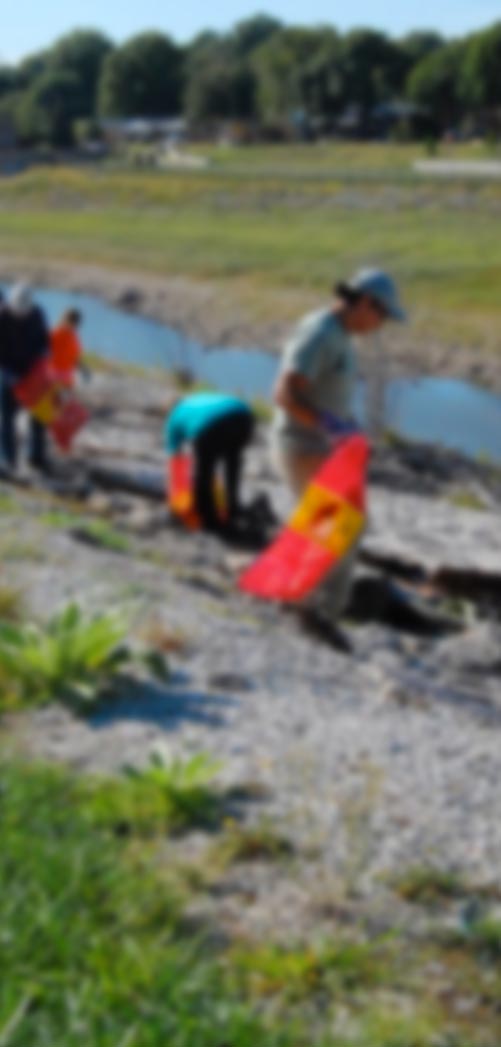A wide range of views continues to be gathered as part of a major project designed to protect and restore the health of the Waikato and Waipa rivers, including input from farmers, technical experts, iwi and the wider public.
Under Healthy Rivers: Plan for Change/Wai Ora: He Rautaki Whakapaipai, a multi-stakeholder Collaborative Stakeholder Group is working on a proposed regional plan change to set limits and targets for water quality in the rivers. A recent group meeting was hosted by Ngāti Tahu-Ngāti Whaoa at Ohaki Marae, on the banks of the upper Waikato River in Reporoa. The chairman of Ngāti Tahu-Ngāti Whaoa Runanga Roger Pikia said the Waikato River was central to the identity of Ngāti Tahu-Ngāti Whaoa, along with the unique geothermal features at Orākei Kōrako, Ohaki, Rotokawa and Wairakei. Mr Pikia, who is also the co-chair of the Healthy Rivers Wai Ora committee involving the regional council and river iwi, said key water quality issues included the effects on water of land use, geothermal energy development and the loss of biodiversity. “All parties engaged in this [Healthy Rivers/Wai Ora] process have competing interests here, but we need to rise above that and find durable solutions for the river and our communities.” Also, a Reporoa farmer Colin Guyton has outlined to the group how he has been involved in a project called Tomorrow’s Farms Today which is aimed at ensuring farm profitability while minimising environmental impacts. That project has found Mr Guyton and other farmers could achieve both a high return on capital and a low loss of nitrogen, which can affect water quality. Mr Guyton uses a nutrient budget and operates a reasonably low cost, grass-based farm system. He also winters cows off farm and has made environmental improvements such as developing wetlands and fencing off creeks. “I think to be fair any rules need to take a catchment by catchment approach, as what will work depends on the rain,” Mr Guyton said. Meanwhile, the Technical Leaders Group providing advice to the Collaborative Stakeholders Group has outlined how it is seeking more information on how much nitrogen is coming into the rivers from groundwater, and at what rate. It also wants to find out the relative contributions from past and current land use in the catchments, and what happens to the nitrogen as it leaches through the soil “Many variables affect these factors across the catchments, so it’s important we have current, location-specific information,” said Technical Leaders Group chairperson Dr Bryce Cooper. An extensive data collection exercise across the Waikato and Waipa river catchments will occur this summer to provide more information on groundwater. The Healthy Rivers/Wai Ora project has also recently gathered the views of about 200 stakeholders on policy selection criteria at a workshop in Hamilton. In addition to that, the stakeholders contributed views on the values people hold about fresh water.
